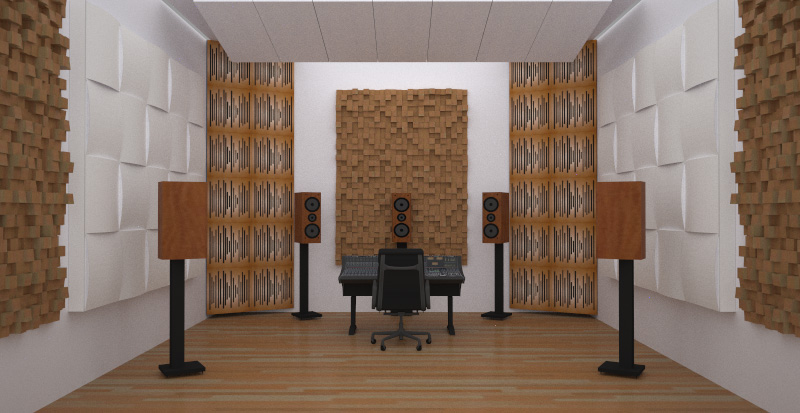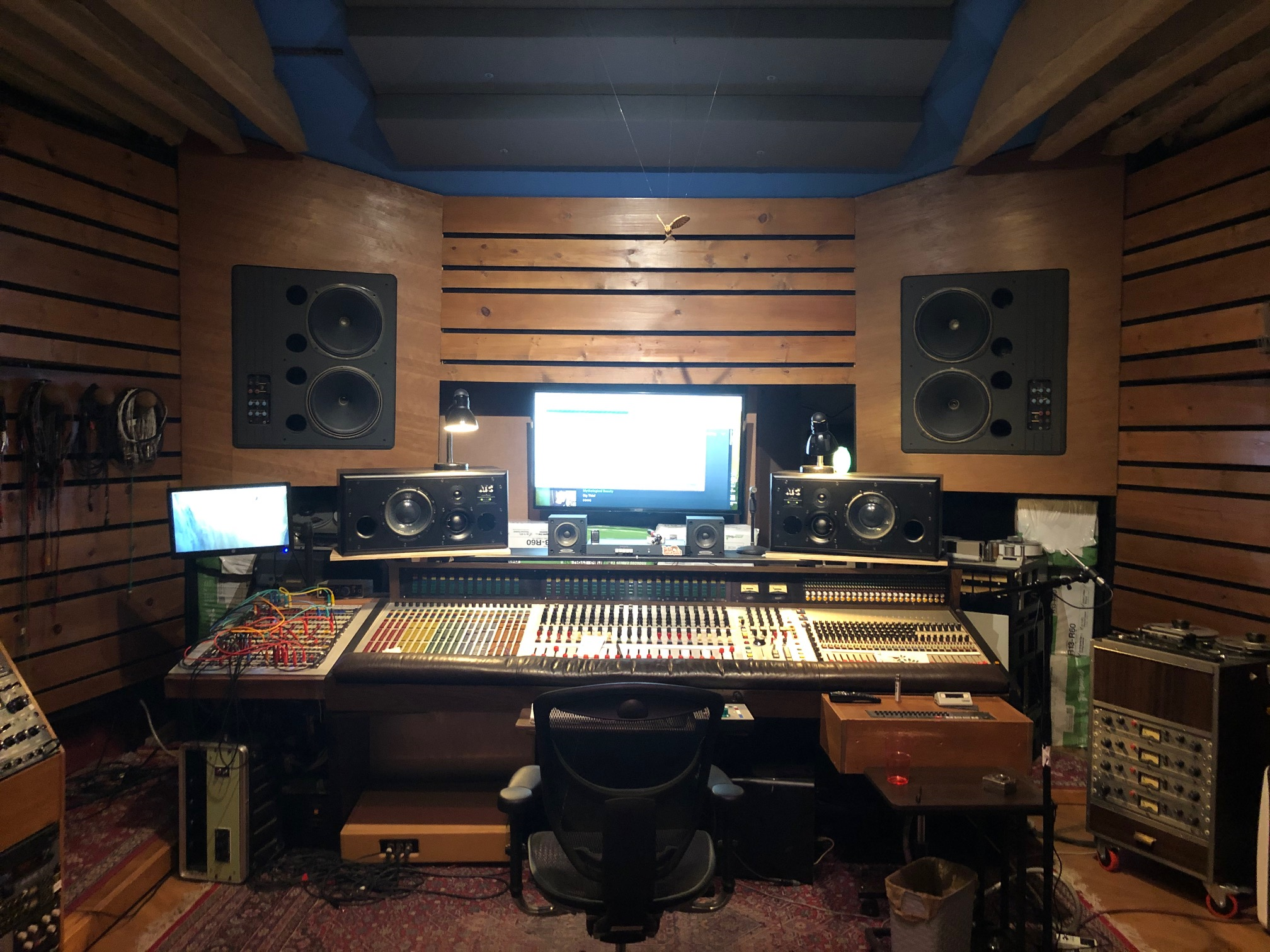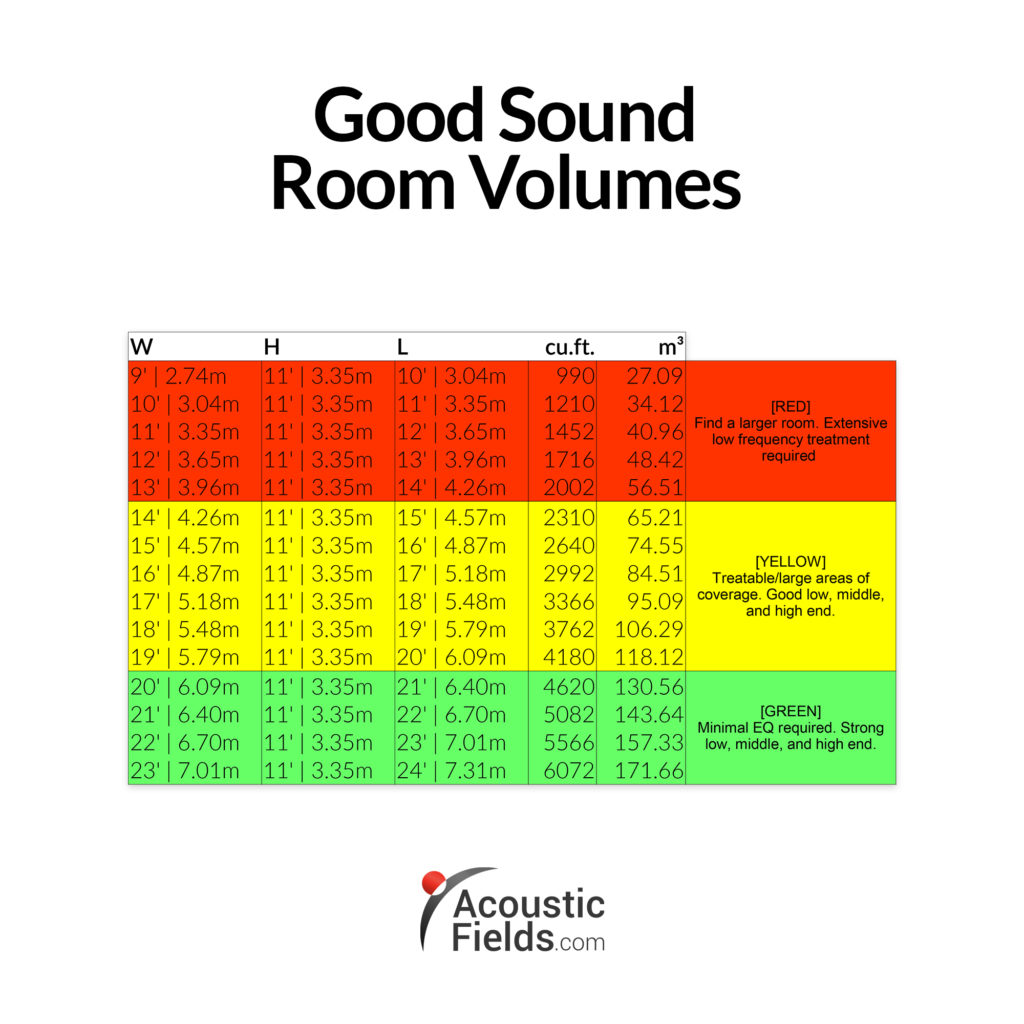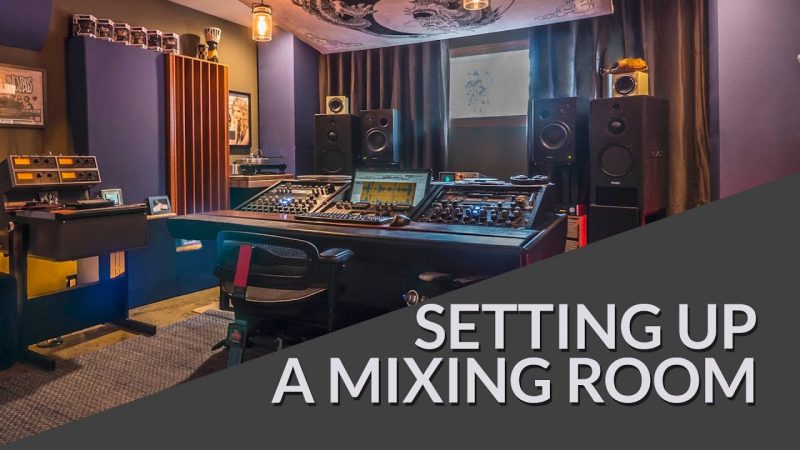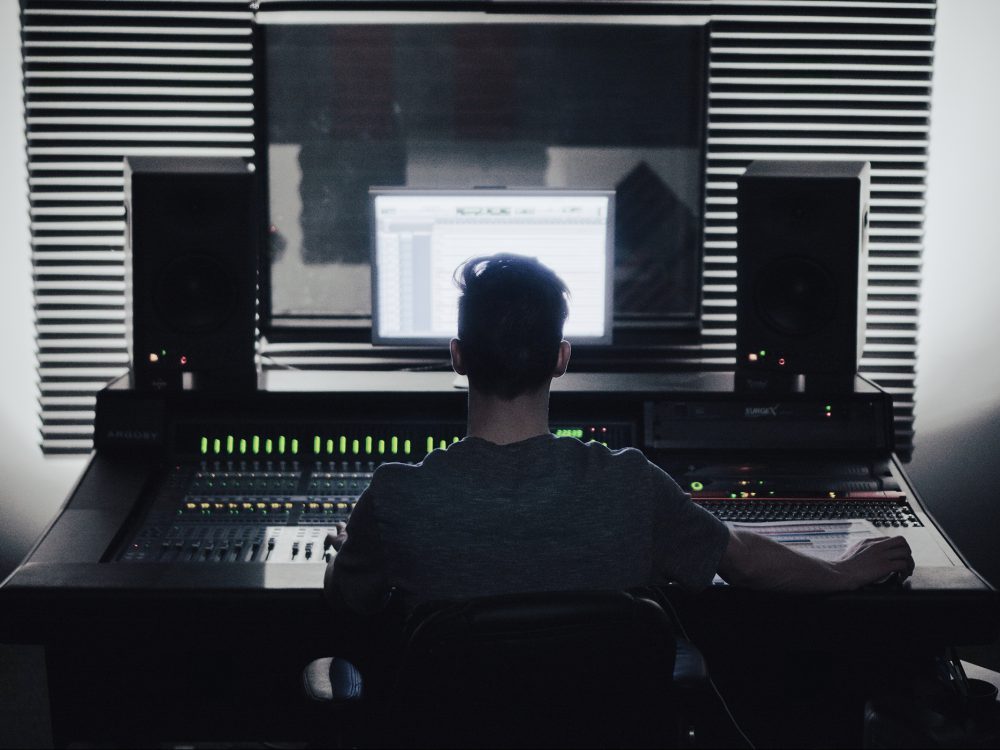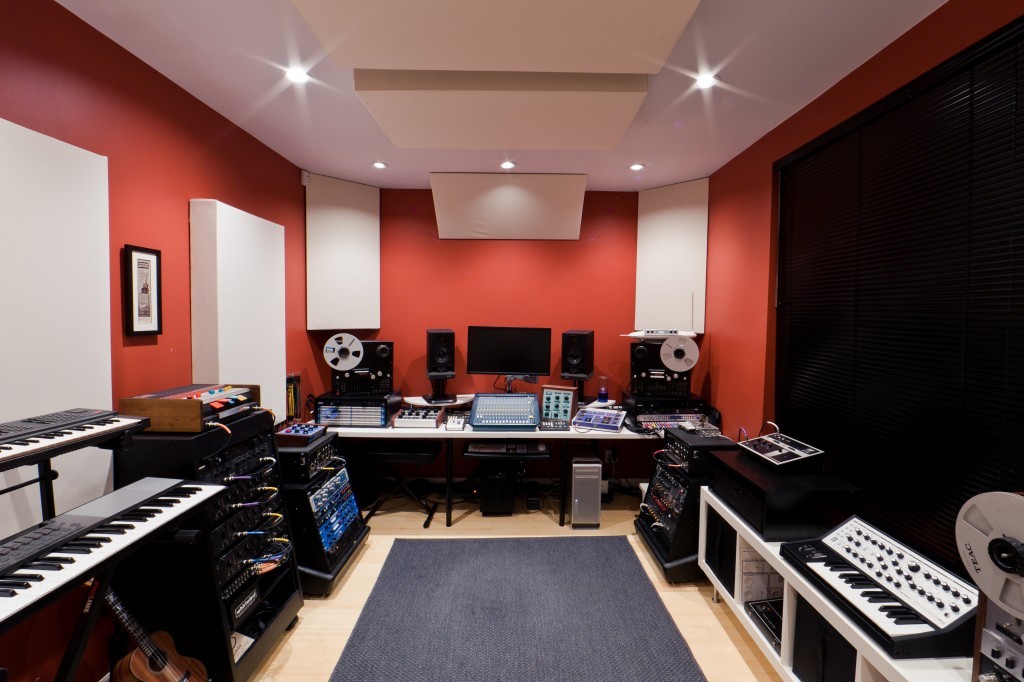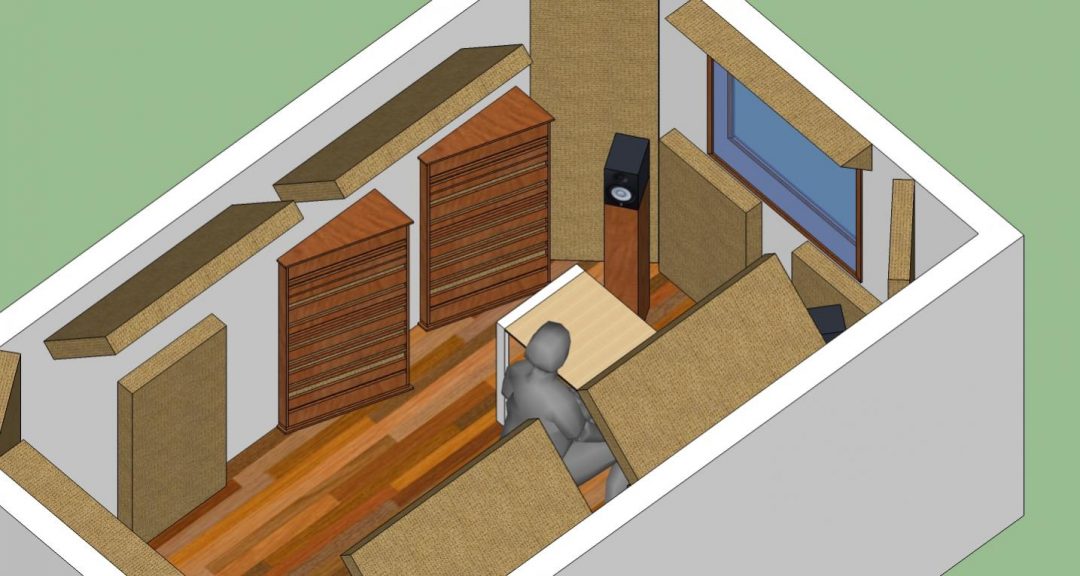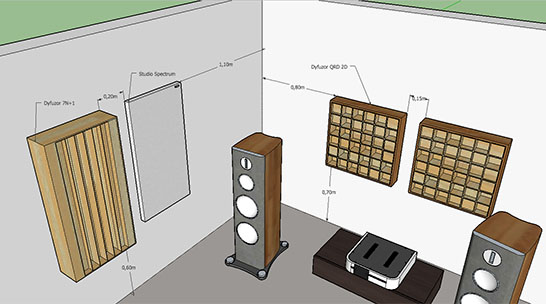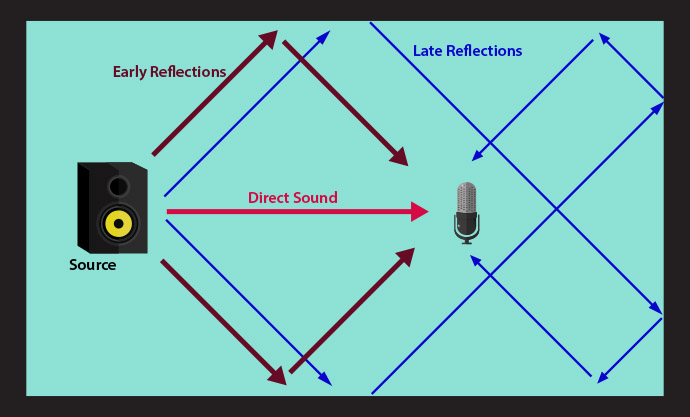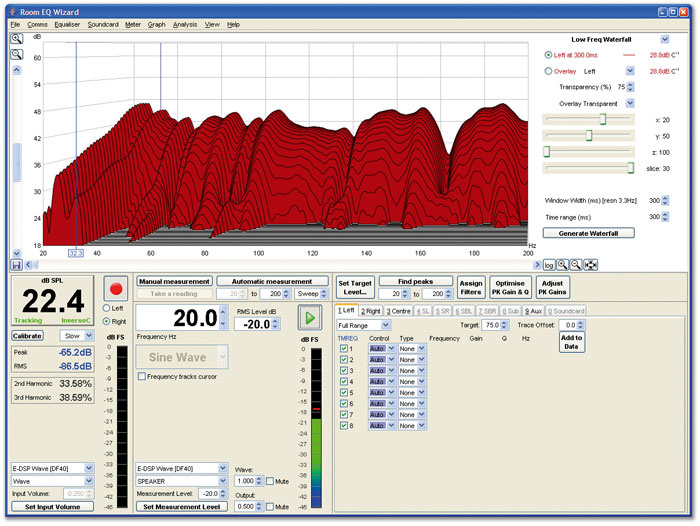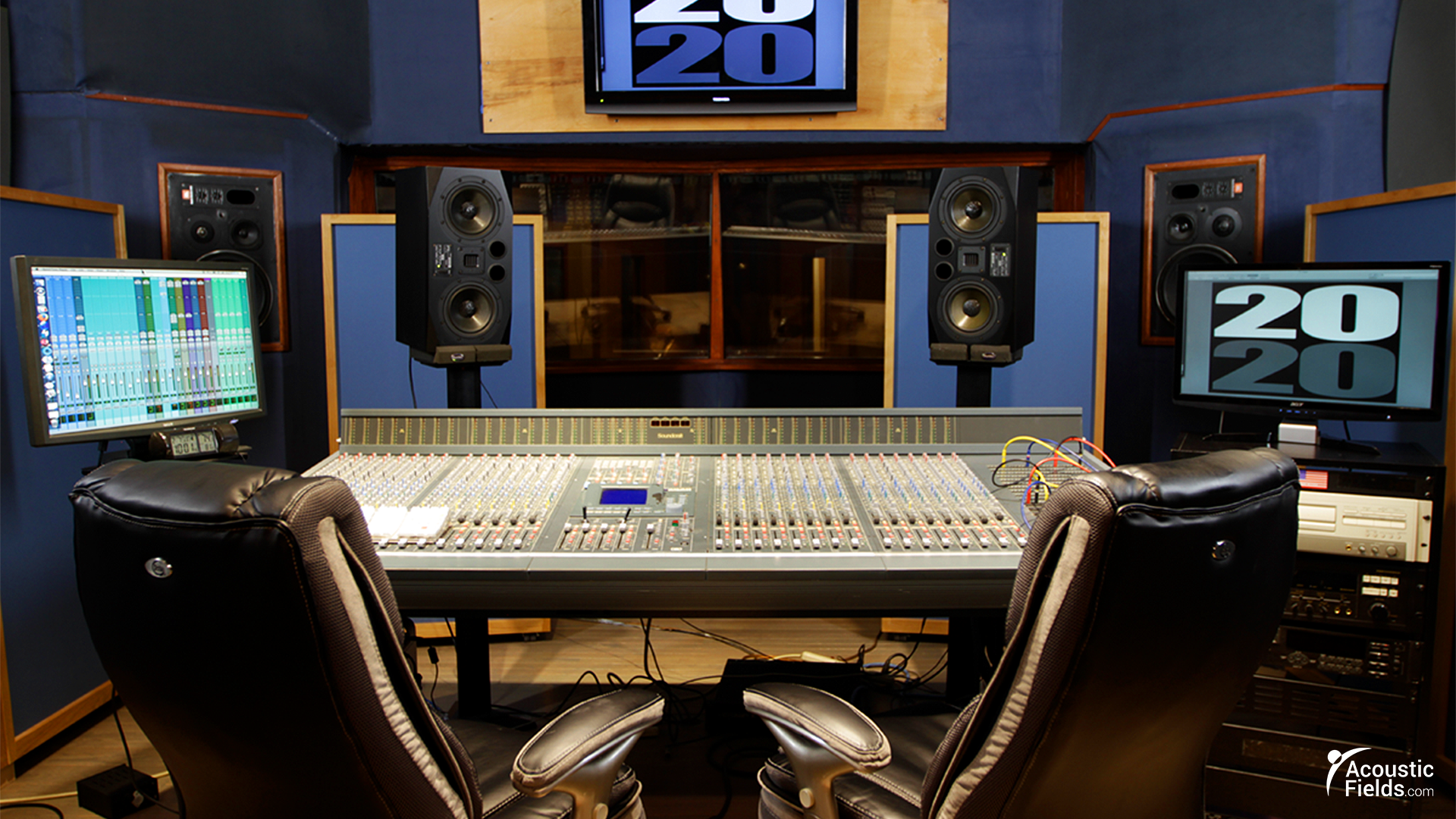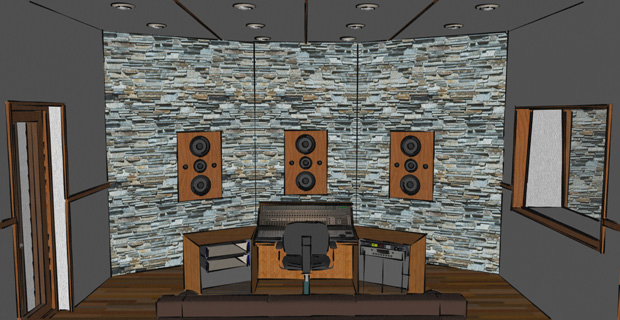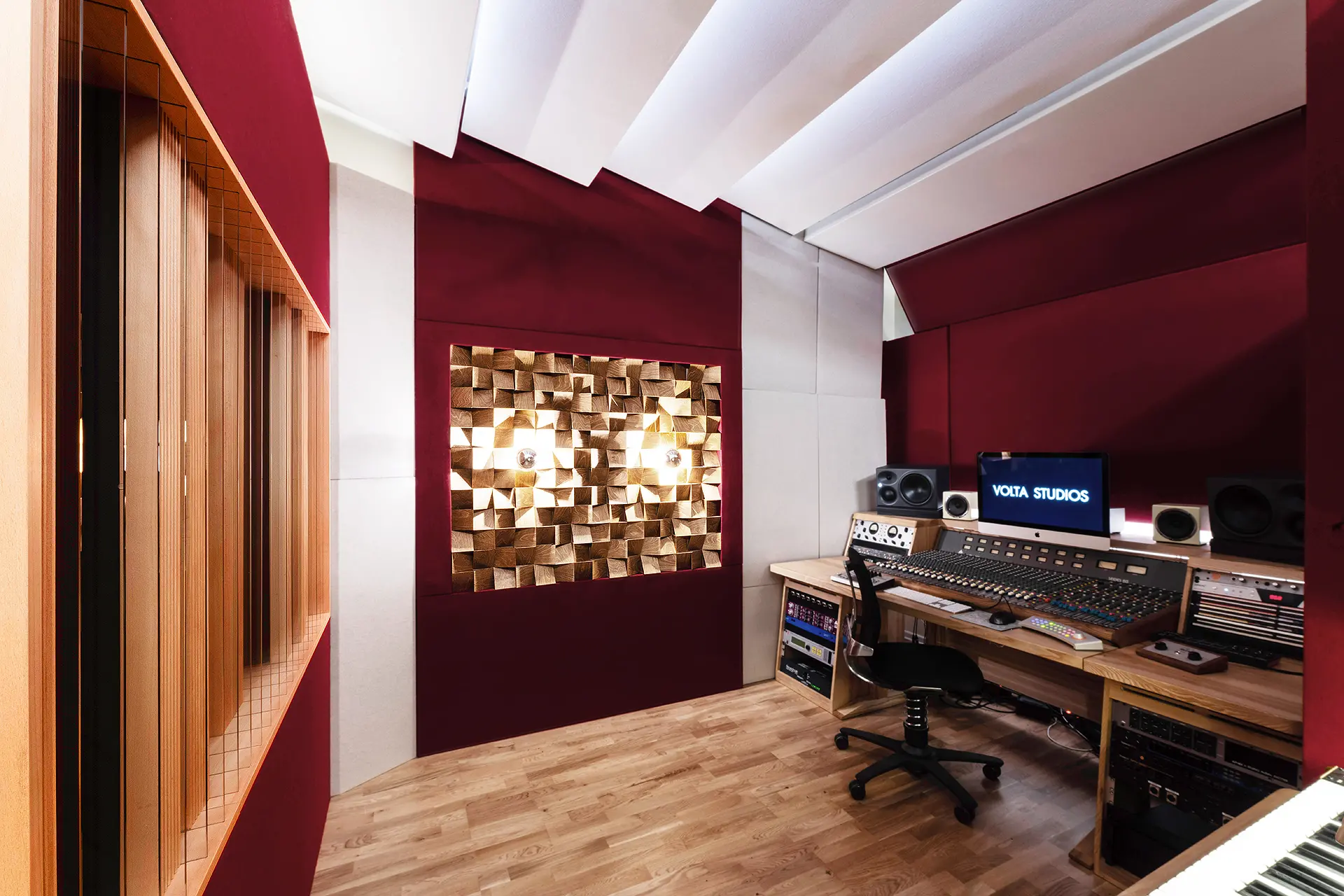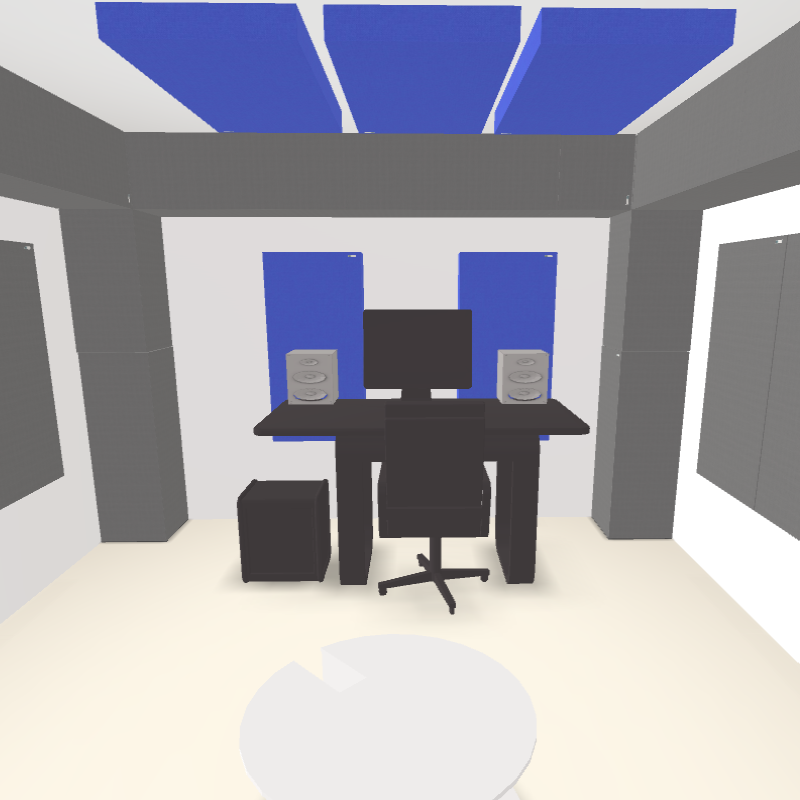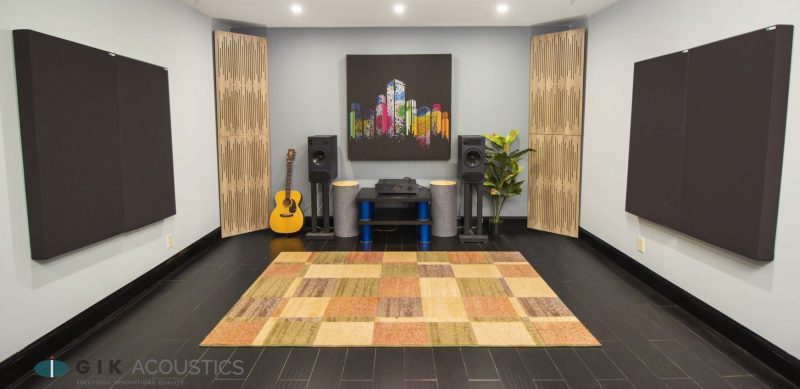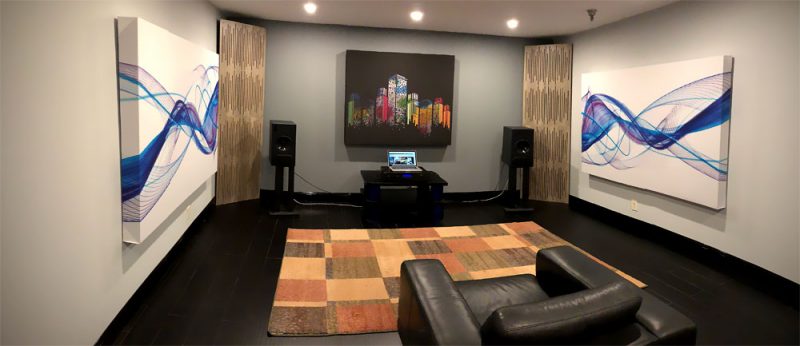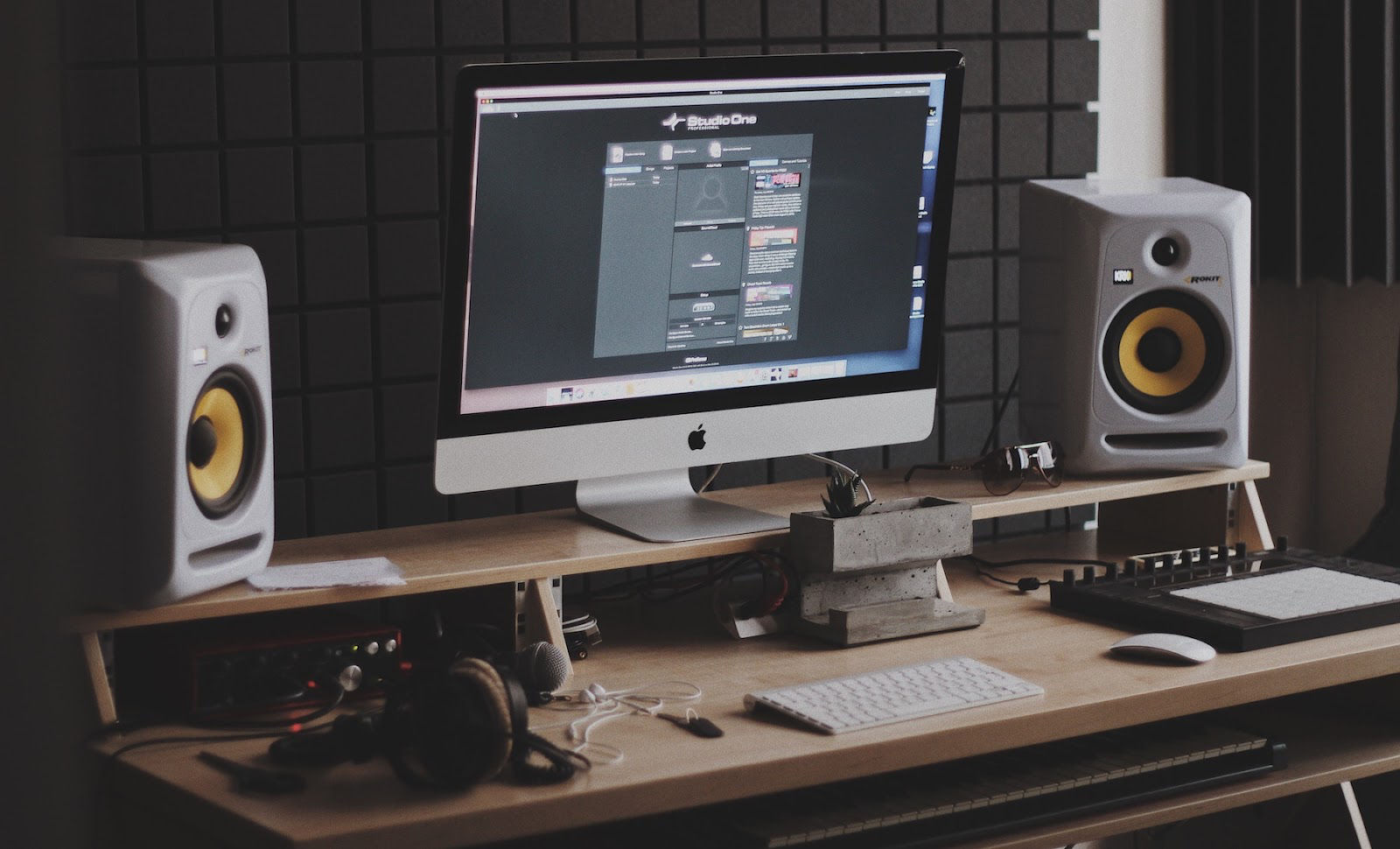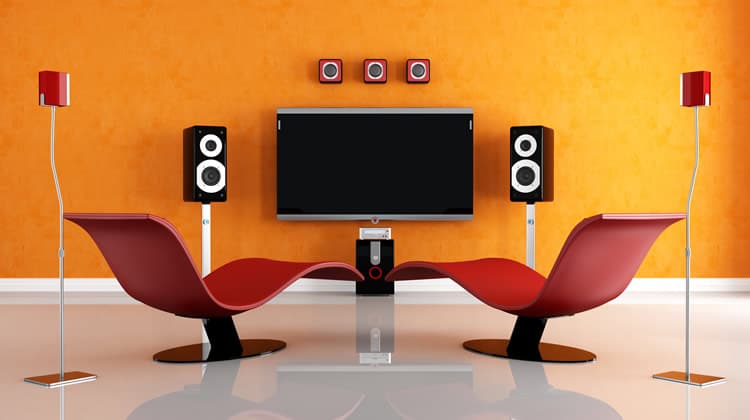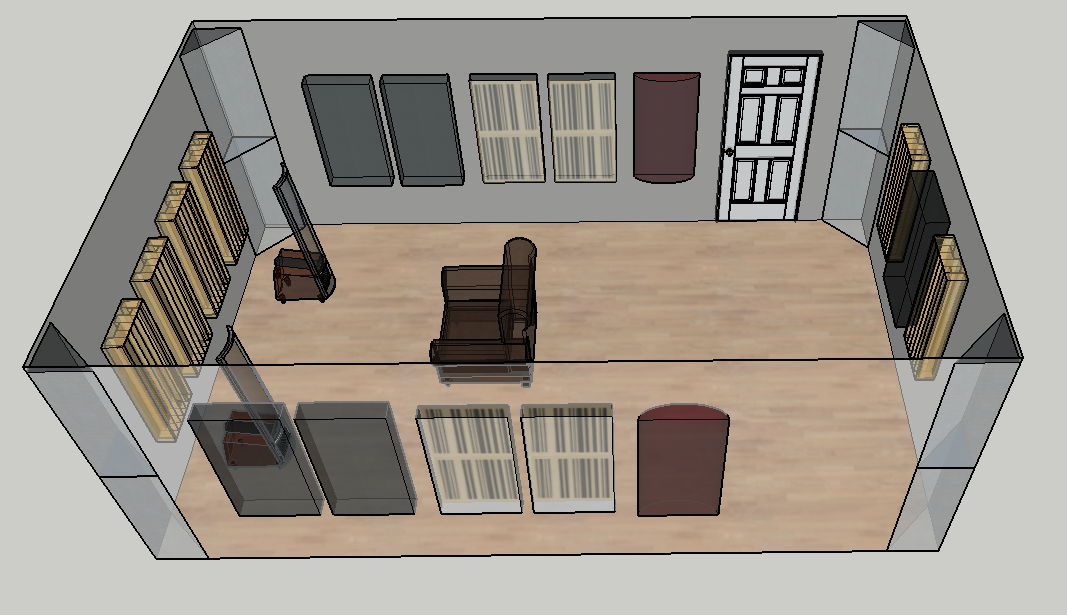Room Acoustics Mixing Time

For more room acoustics information.
Room acoustics mixing time. An appropriate room acoustic is also key to a good recording. Measure your wall s full length and add your panels lengths together. From mixing to mastering to listening for pleasure the evidence is that reflection levels can progressively increase. Desired room acoustical characteristics vary depending on the room purpose main parameters that affect perception are reverb time and early reflections distribution room acoustics can be controlled change wall material place reflectors diffusers room is a must for virtual audio simulation simplest model is probably ok.
But small rooms like most listening mixing rooms don t have true reverberation and it s not always possible to measure 60 db of decay. These issues include comb filtering flutter echo room modes and excessive decay time. A basic understanding of room acoustics and speaker placement can help you maximize the performance of any audio or home theater system. According to toole the perceptual effect of early lateral reflections depends on what one is doing.
Rt60 is the time it takes for the sound pressure level to decay by 60 db. The strategies we just covered are what you would typically use for a live room to get a nice sound from virtually anywhere in the room. There are some common acoustic problems that you re going to face regardless of the room that you re in. The next time you sit down to watch or listen think about the ways good and bad that your room may be affecting the overall sound of your system.
The fact is that getting studio acoustics right is neither a luxury nor an afterthought. It is a pre condition of a solid mix. Early reflections and bass also see part 1 here what about different listening environments. Acoustic calibration minimises room influences and helps to retrieve flat and neutral frequency response.
Excessive bass level in the monitoring room may result in a lack of bass in the final mix. In pro studios where control rooms are used for mixing and live rooms are used for recording different acoustic treatment strategies exist for each purpose. Mixing music in an enclosed space provides many challenges because of the way sound interacts with the room that you. You won t want to invest in absorbers then hang them at crooked angles.
Example of compromised listening condition. You can start your acoustic room treatment by treating your corners with sound traps gik acoustics tri trap corner bass traps for example. Small room acoustics discussion. Sketch out your room and map out your panels.
In architectural acoustics we use reverberation time t60 or rt60 to measure liveliness.
